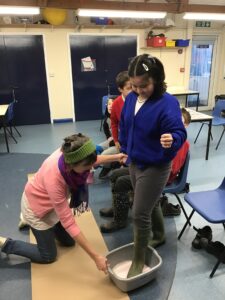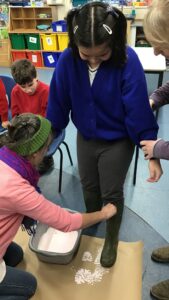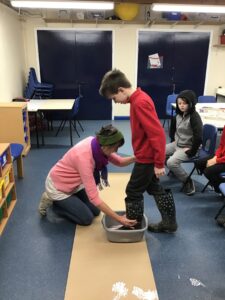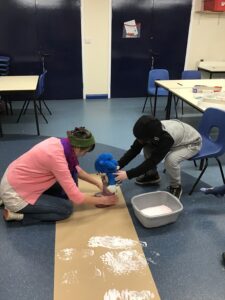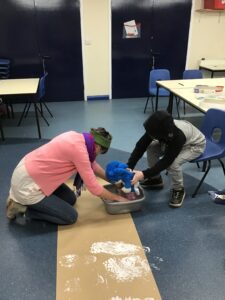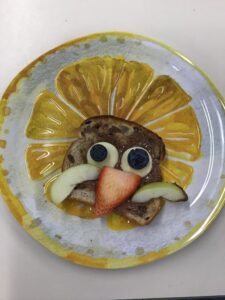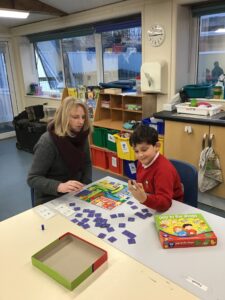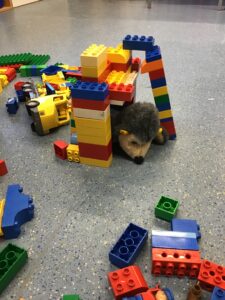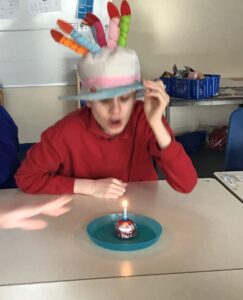Our topic for this half term has been ‘animals and their habitats’. Here is a piece of work from earlier in the week by a pupil where their focus was to ‘begin to create a non fiction report on facts collected’, trying to follow the writing structure of heading, introduction, main body of text. Hope you enjoy finding out more about turtles from this piece of work!
]———————Finding about the History of Turtles———————-[
Sources: Wikipedia (Standby, if needed. Probably not.), and MOSTLY from one of my earlier projects
—–by: someone I guess——————————————————–
Sect. 1: About turtles
First, starting with the largest living turtle, it is 8ft 10in and 500kg/1,100lb, and the smallest is 10cm and 172g/6.1oz. Next, it is a reptile that likes to eat crab, seaweed and other food. Its predators are racoons, opossums, sharks, etc.
Sect. 2: Life cycle of a turtle
First, they begin in their eggs. Some sea turtles lay their eggs bury them in the sea, although most females lay their eggs in sand or dirt and bury them. Next, they emerge out of their eggs, usually around 2 to 3 months. The shell is pliable but leathery and requires them to break through with a protrusion on their nose called an “egg tooth”. Then, when they’re an adult, they live on land or in the water, but they do emerge every once in a while for air, because they have lungs, not gills, like a fish has. When it is time to breed, the male courts the female by either; rubbing up against her, or the male nods his head up and down.
Sect. 3: Facts now. (yay :D)
Turtles grow at a very slow rate, but time does not take a toll on their bodies.
[That’s it.]
Sect. 4: THE END!!!!!!!!!!!!!!!! [finally]
Well it’s the end! TIME TO relax ;O
/Index; the index of every section [to be completed]
